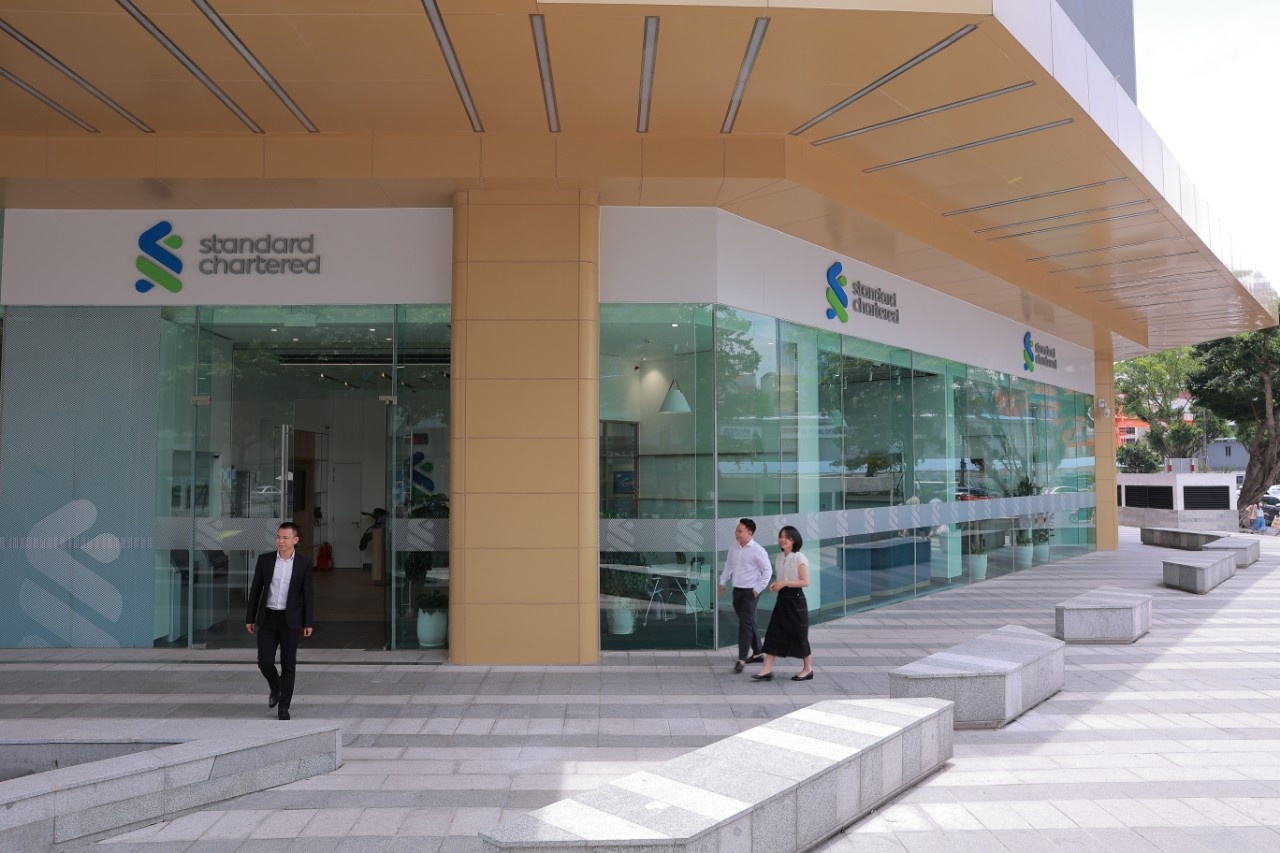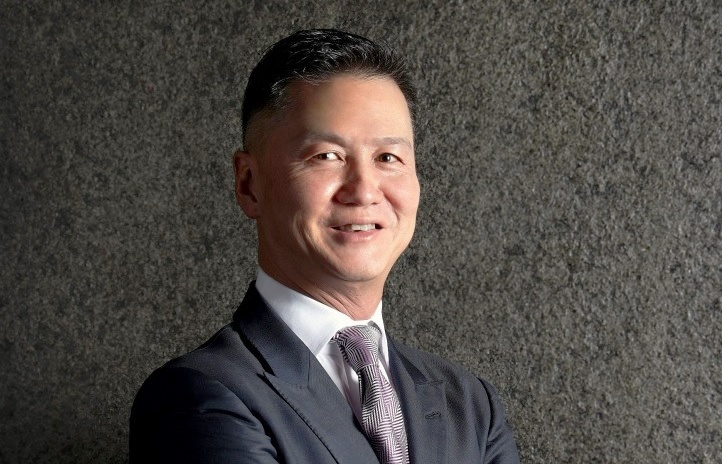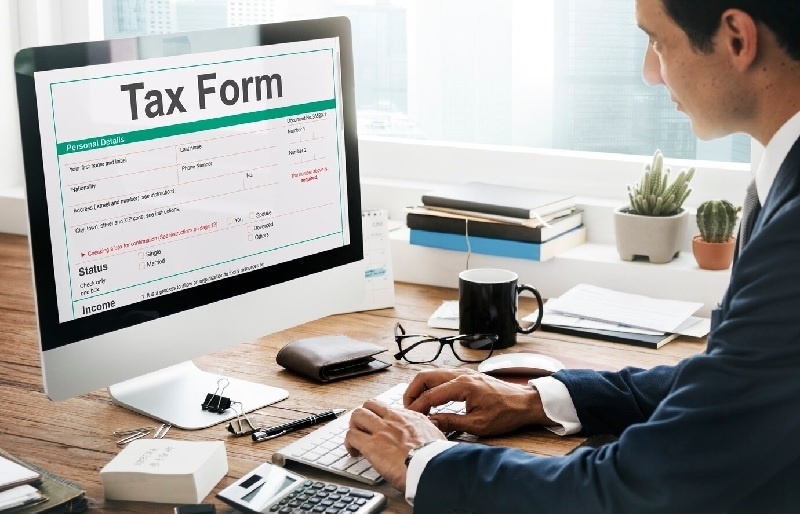New fund to appease SME capital hunger
 |
| Hoang Thi Hong |
Is it easy for SMEs to access capital now?
No, accessing capital is still the number one difficulty for SMEs. According to data released by the State Bank of Vietnam, only one third of operating SMEs can borrow from banks.
Interest rates have decreased greatly compared to a few years ago. Why are only a few SMEs able to access capital?
In 2015, the interest rate was lower than in the 2010-2012 period, but it is still higher than companies’ profit margin.
Most SMEs’ profit margin is not higher than 10 per cent, so it is difficult for them to pay the 10 per cent interest rate. Companies in some fields are incurring losses, even. The current rate does not encourage SMEs to make large investments and change technology.
Also the interest on old loans remains high and has not been cut or forgiven. In addition, it is difficult for SMEs to take out new loans because they have used all their collaterals to cover their old loans. Meanwhile, banks are very cautious in lending to SMEs.
Banks claim SMEs do not meet their requirements.
Yes, the health of the companies is questionable. Besides, SMEs do not pay enough attention to financial reporting. They do not get their reports audited, making it difficult to believe numbers about their capacity and growth potential. This leaves banks with a lack of information when they analyse companies.
How can companies access capital from the Small and Medium Enterprise Development Fund?
In order to borrow from the fund companies have to meet the following requirements. First, it has to have a feasible business plan in one of the three priority fields of the fund, namely agriculture, forestry, aquaculture; manufacturing and processing; water provision, management, and processing waste and wastewater.
Second, the manager of the company has to have legal capacity and the owners’ equity has to account for at least 20 per cent of the total investment capital. The company has to be able to repay its previous loans on time. It also has to comply to regulations on backing the loan with assets.
The fund is going to use the criteria stipulated in Circular No.13/TT-BKHDT by the Ministry of Planning and Investment to “grade” companies and assign an order of priority, then decide on the loans. Companies can submit applications to the fund or through authorized banks or through certain partners.
How much of SMEs’ demand for capital can the fund meet?
The fund authorizes lending through banks. This year, companies can borrow at a very preferential rate, at 5.5 per cent a year for short-term and 7 per cent a year for long-term loans. The rate is going to be unchanged throughout the length of the loan.
Companies are encouraged to pay before the deadline. Collateral requirements are more relaxed than when borrowing from banks: the value of the collaterals will not exceed 100 per cent of the loan and priority will be given for assets to be formed in the future.
The fund also has working relations with domestic and international organizations and banks to offer programmes to support companies before and after borrowing, such as helping them build business plans, improve governance, financing, train human resources, and connect to partners.
The fund’s VND2 trillion ($90 million) allotted from the state budget only meets a small part of the need, but it is just the first step. The fund is going to cooperate with banks so companies can borrow from banks at better rates and with less stringent requirements. Also, the fund will cooperate with international organizations to get more sources of capital.
| RELATED CONTENTS: | |
| Startup fever to restructure Vietnamese growth model | |
What the stars mean:
★ Poor ★ ★ Promising ★★★ Good ★★★★ Very good ★★★★★ Exceptional
Latest News
More News
- MB aiming for 30 million customers by end of year (April 22, 2024 | 17:43)
- Vietnam central bank postpones gold bar auction (April 22, 2024 | 15:27)
- Freshfields promotes Eric Johnson to international partnership in Hanoi (April 22, 2024 | 08:00)
- Vietnam asks Apple to make it global production base (April 16, 2024 | 16:11)
- Experts give insight into Vietnam's retail sector (April 16, 2024 | 09:00)
- Amendments to gold regulations on agenda (April 12, 2024 | 16:10)
- PV Power secures $300 million loan to fund LNG plants (April 10, 2024 | 17:06)
- Wartsila CEO explores outlook of Vietnam's energy transition (April 10, 2024 | 15:22)
- Driving dual transformation (April 09, 2024 | 17:05)
- Development highlights in Q1 through expert’s lenses (April 08, 2024 | 16:48)

















 Mobile Version
Mobile Version